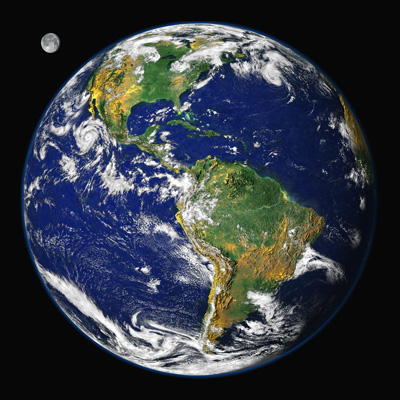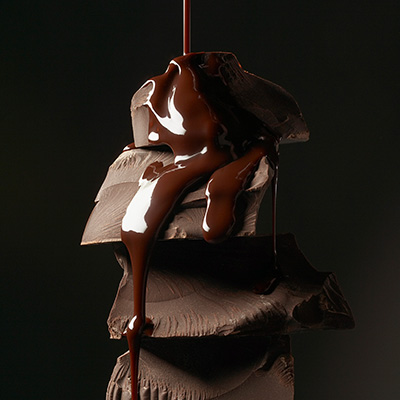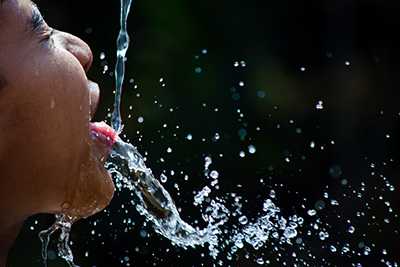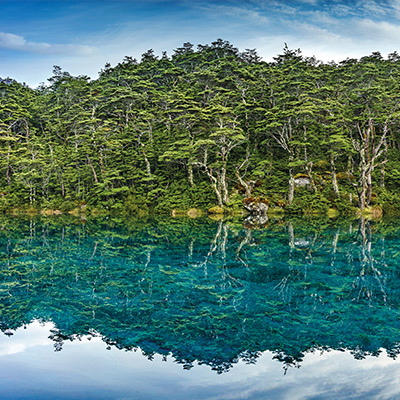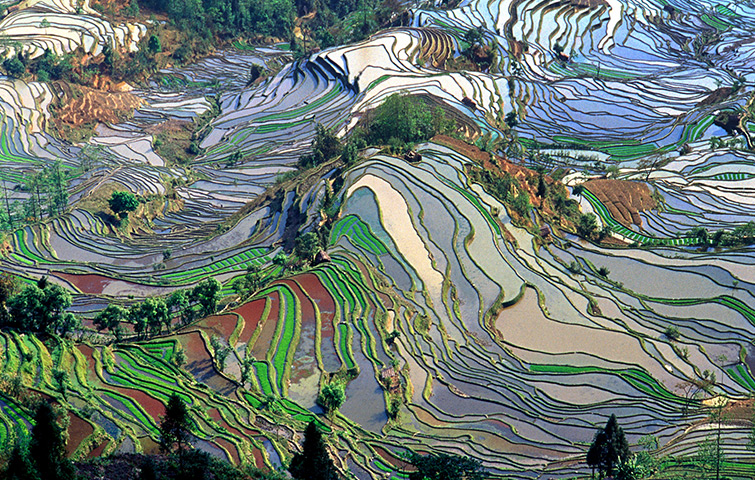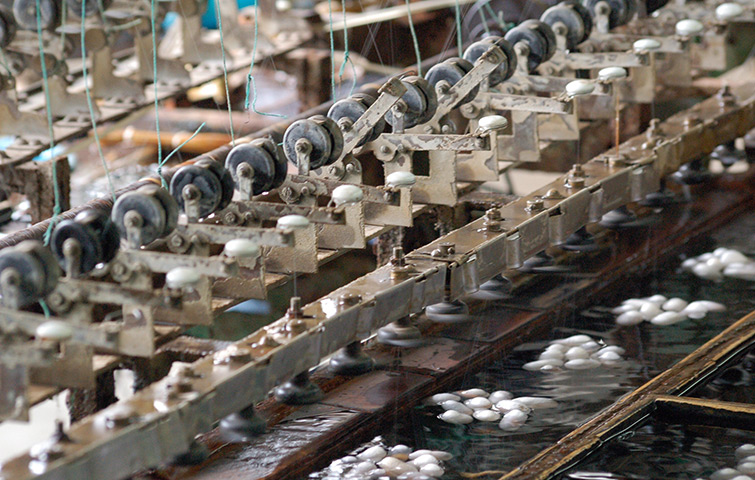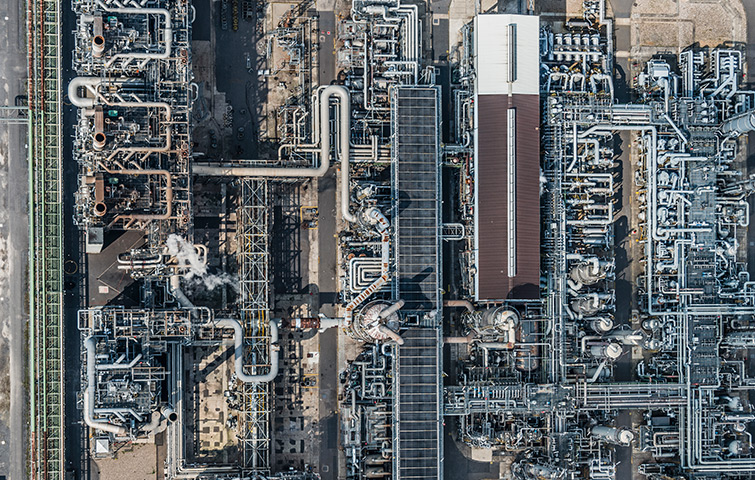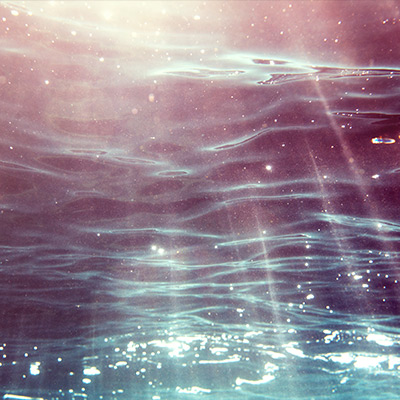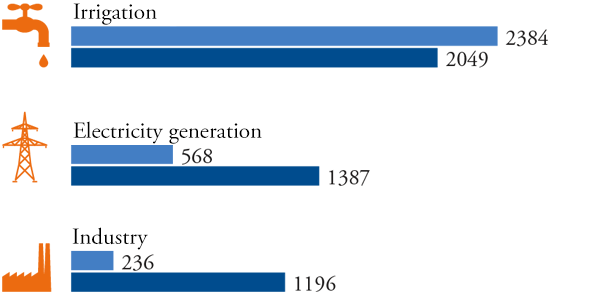Solutions
What innovations will supply enough clean water?
The world is still quenching its thirst from freshwater sources, accelerating a shortage of this natural resource.
Experts believe the problem is now so serious that in the medium term, it could even overshadow CO2 issues. It is no surprise, therefore, that there is growing public interest in technologies for reducing resource use, protecting water supplies, and treating water. The main showcase for innovations of this kind is IFAT, the world’s leading trade fair for water, sewage, waste, and raw materials management. “Our partner exhibitions in China, India, Turkey, and South Africa have turned IFAT into a worldwide event,” says Stefan Rummel, Managing Director of Messe München, one of the world’s leading trade fair organizations.
The availability of clean water is not a problem for individual countries; it is a global challenge.
Stefan Rummel, Messe München
German companies are managing the water problem relatively well within their own manufacturing plants, both at home and abroad. It’s hard to find a DAX-listed company that does not give protecting this valuable resource an important role in its corporate social responsibility (CSR) strategy. For example, the total worldwide water consumption of the Bayer Group fell by 4.8 percent in 2016 to 87 trillion gallons. Compared with the 2012 figure, this represents a savings of over 14 percent. Henkel has reported a reduction in water use of 23 percent for the last financial year, calculated using the figure for the base year of 2010 for one metric ton of products.
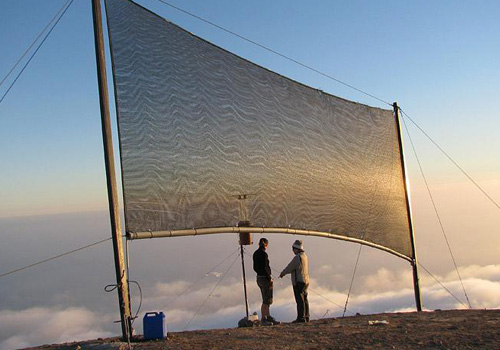
Mist collectors filter water from the morning air in the Atacama Desert. The nets capture some 170 liters of water daily.
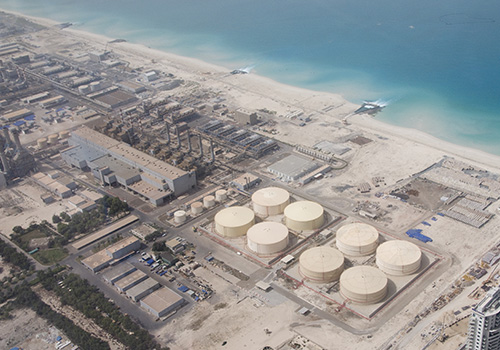
Desalination plants, such as the Jabal Ali complex in Dubai, are stripping the sea of billions of liters of drinking water.
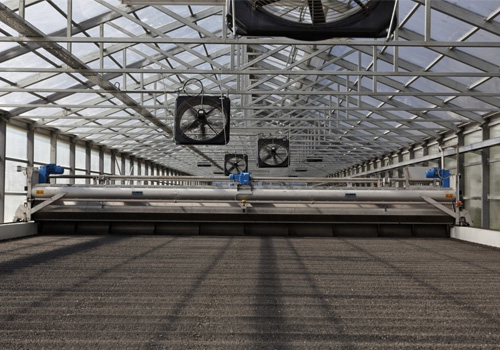
The company Huber SE exports clean water solutions worldwide. Remaining sewage sludge is recycled.
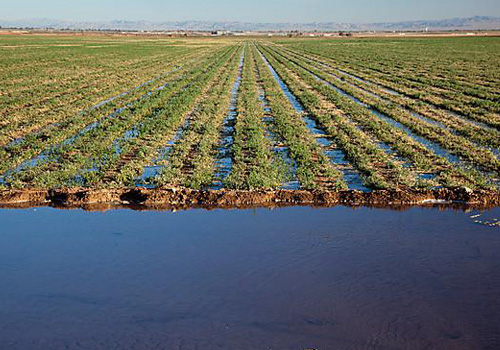
Floodwaters from the Colorado River green the desert of California. A canal system transports the water to the fields.
“The key consideration for us is not only how much water we save overall, but at which of our sites we succeed in saving it,” says Uwe Bergmann, Head of Sustainability Management at the Düsseldorf-based consumer goods company. “Unlike reductions in CO2 emissions, which benefit the climate as a whole, water management is always a local and seasonal challenge. We need to save water, particularly in areas in which there is already a shortage.”
For example: in Egypt. Henkel will soon be opening a new smart factory for liquid detergents near Cairo. In addition to using a traditional process engineering approach (involving a 47 percent reduction in the consumption of fresh water per metric ton of products within ten years), the company aims to exploit the potential for further savings. “By installing the latest measurement systems, we can monitor our water consumption there in real time,” says Bergmann. “That will guarantee us a more detailed view of the situation, which will make it possible for us to compare our different production sites more effectively and to save even more water in future.”

Did you know
…that the dead sea is not the saltiest water on earth?
The Don-Juan pond lies in the East Antarctic. The comparative puddle is a mere 30,000 square meters but has a salt concentration of 40 per cent.
Evaporation in Africa has also caused enormous salt concentrations in waters, for example Lake Assal in East Africa. One liter of lake water contains an impressive 350 grams of salt. No wonder: the temperature in the region seldom sinks below 25° Celsius.
Another example is Huber, a company from Berching in southern Germany, which specializes in wastewater solutions. With more than 40,000 systems installed worldwide, Huber is one of the world’s leading suppliers of water, wastewater, and sludge treatment systems. At the company’s headquarters, around 700 employees develop customized products and system solutions for industry and the public sector.
In Colombia’s second-largest city, Medellín, with a population of around 2.5 million people, Huber is currently installing one of the world’s largest sewage sludge utilization plants. It has a daily capacity of 440 million tons. In the German city of Regensburg, the company is constructing a system known as ThermWinR for the Museum of Bavarian History, which will allow the museum’s building in the heart of the city to be heated and cooled using wastewater.
“Our aim is always to provide an intelligent overall solution,” says CEO Georg Huber. “We use the heat in sewage sludge and the energy that it generates to dry the sludge itself, which means that the process is largely self-sufficient in energy. And we also treat the wastewater so thoroughly that it can be reused as high-quality process water.”
A closer look therefore shows that not everything is flowing as smoothly as it should when it comes to holistic, responsible and sustainable use of water. However, there are important players in the economy and society who have long since identified the key challenges – and see them as opportunities.


